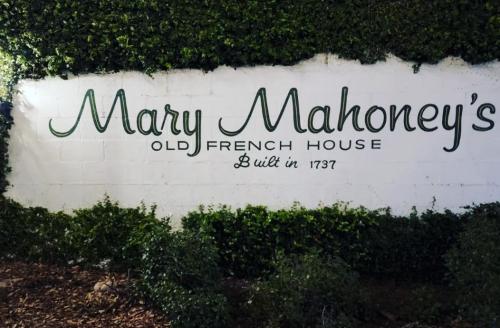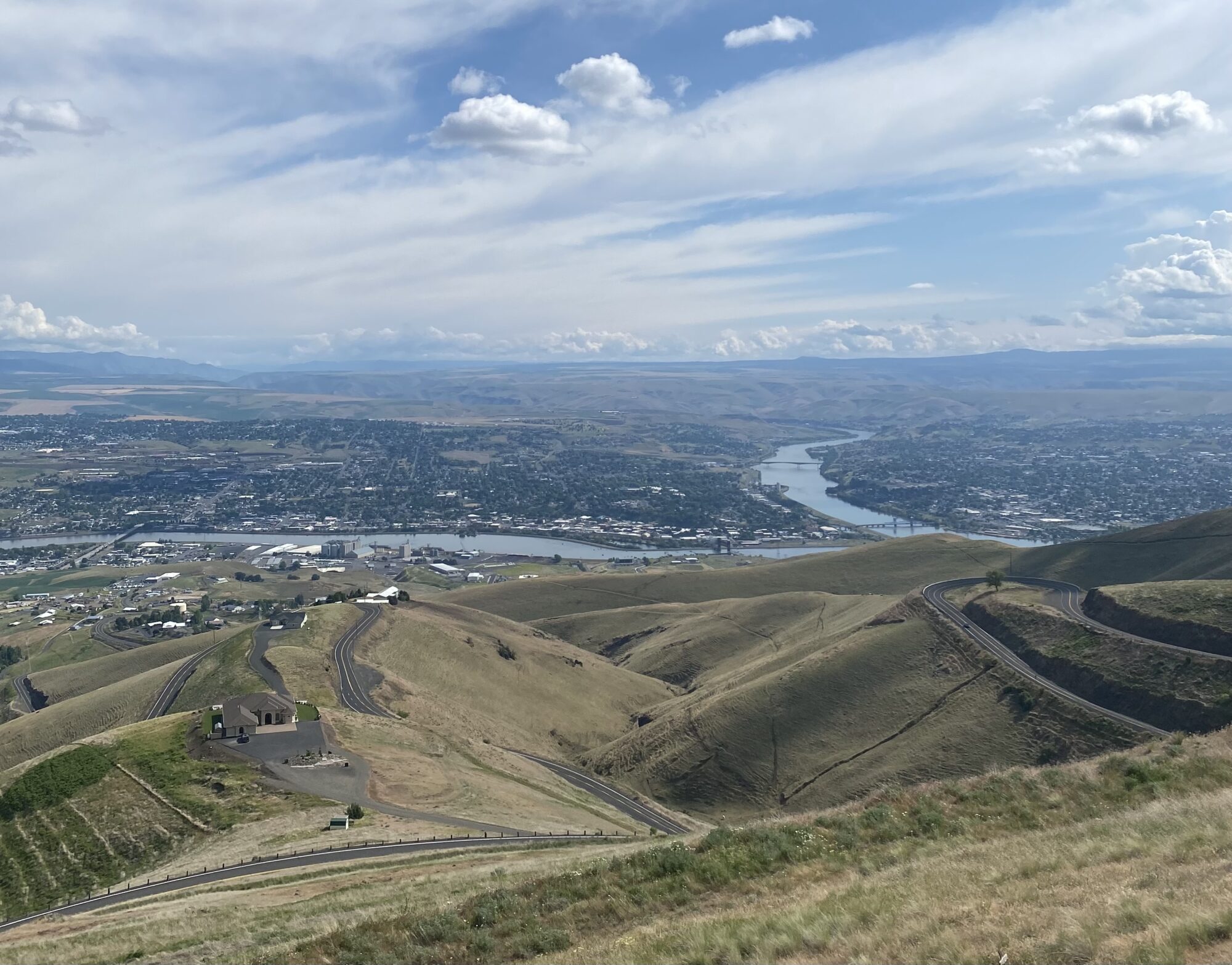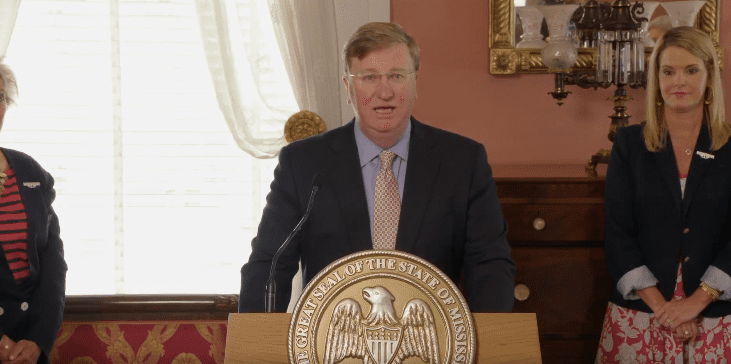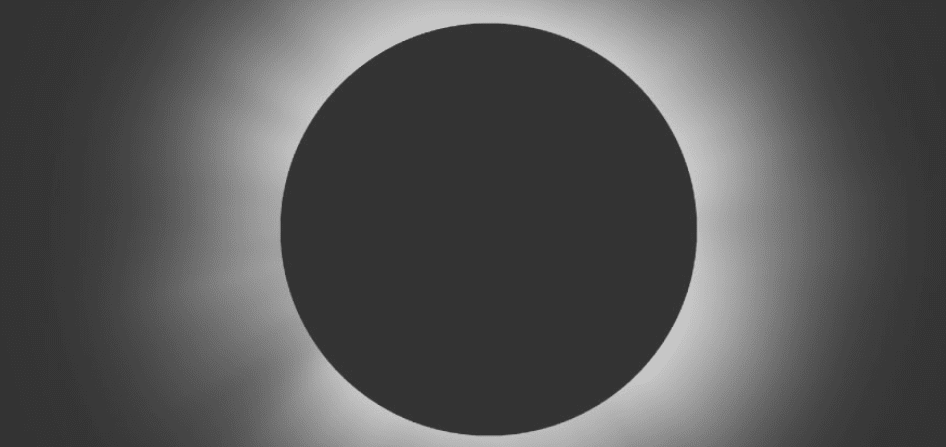
- The celestial event is set for Monday, April 8th. Grab some solar filter glasses and join in the fun.
The much-anticipated Great American Northern Eclipse will happen April 8th, and you’ll be able to see the show here in Mississippi at least partially as long as the clouds cooperate.
The Magnolia State is not in the line of totality, meaning the sun will not be completely eclipsed, but the difference will still be nearly “night and day.” Most of the state will see solar coverage of anywhere between 86% and 96%, depending on where you’re viewing the eclipse. However, forecasts are currently showing significant cloud cover across the state on Monday, which could make viewing a challenge.
The last total eclipse was in 2017, but the next one won’t be until 2044!
Folks further west in Mississippi are expected to see more coverage during the eclipse, as they are closer to the “line of totality,” or where the sun will be completely blocked out during the eclipse. Friars Point, for example, is in Coahoma County close to the Mississippi River. That area will see an over 96% eclipse. Gautier, in Jackson County along the Mississippi Gulf Coast, will only see an 83% coverage.
So, what happens during an eclipse? Since the moon eclipses the sun, it will be darker outside. The temperature may fall as if it were nighttime. In areas with high coverage or full totality, light sensors may be triggered, turning on street lights and any other solar powered lighting. It is essentially dusk or dawn– in the middle of the day.
Mississippi will still have brighter skies (weather permitting), though there will be a noticeable chunk of the sun occluded by the moon. For most of the state, the eclipse will begin around 12:30 pm, peak around 2pm, and end by 3:15pm.
Check out the National Solar Observatory’s Interactive Map to find out the exact timing for your area.
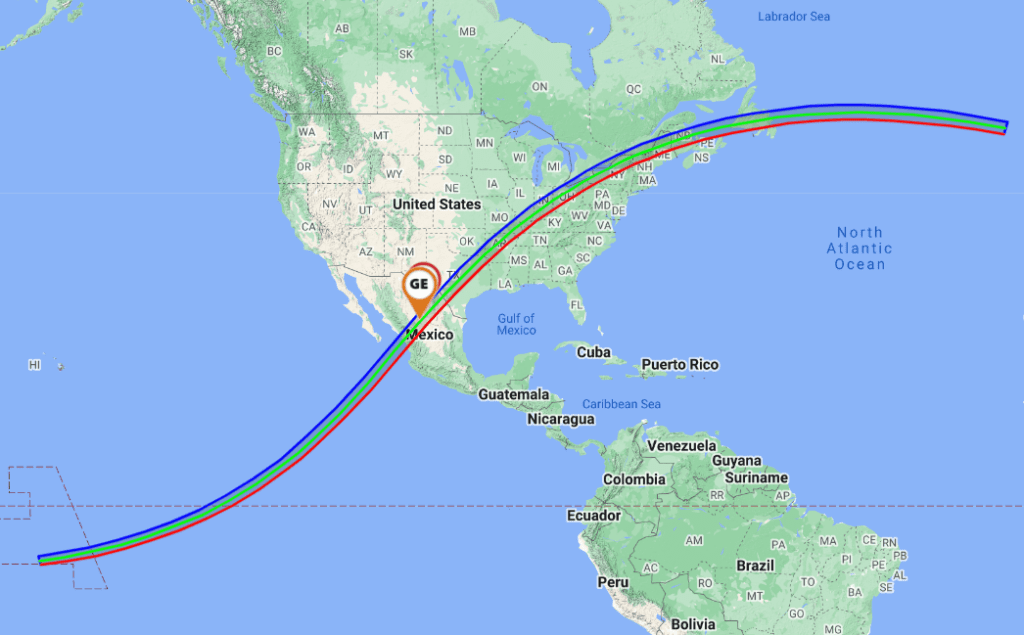
Take a peek–safely
While a solar eclipse is fun to observe, it is also very dangerous to your eye health if you stare directly at the sun. Dr. Karmen Crawford at Crawford Eye Care in Ridgeland, Mississippi had some tips for viewing the eclipse safely.

“Most importantly, you should put approved glasses on before looking up at the sun, and be looking back down before removing the viewing glasses,” said Crawford. “Don’t risk looking at the eclipse without approved glasses, and see an optometrist or ophthalmologist quickly if any vision changes are noticed after the eclipse viewing.”
NASA shared other safety tips as well:
- Do NOT use eclipse glasses or handheld viewers with cameras, binoculars, or telescopes. Those require different types of solar filters.
- When viewing a partial or annular eclipse through cameras, binoculars, or telescopes equipped with proper solar filters, you do not need to wear eclipse glasses. (The solar filters do the same job as the eclipse glasses to protect your eyes.)
- Seek expert advice from an astronomer before using a solar filter with a camera, telescope, binoculars, or any other optical device.
- Note that solar filters must be attached to the front of any telescope, binoculars, camera lens, or other optics.
Where to get your solar safety swag
The American Astronomical Society has a list of vendors that are selling the certified eclipse viewing glasses. Kroger, Lowe’s, Cracker Barrel, Home Depot, and Walmart are just a few of the larger retailers in Mississippi that would have the approved eyewear for the eclipse. Check with a local optician for glasses as well.
If you’re not able to get your hands on some of the approved glasses, there are still ways to view the eclipse. Indirect viewing methods, such as letting the sunlight filter through a colander, basting spoon, or even your fingers allows for you to see the shadow of the eclipse on the ground, sparing your eyes (and your neck) since you won’t be looking up for the eclipse. NASA has even more ideas that you can work on together with your family or your class to experience the eclipse in various ways.
Experience the eclipse as a community
A solar eclipse is a sight to behold and is even more fun to see with a community.
Folks in Seminary can gather at the Ace Hardware on April 8th, beginning at 1:40 pm to view the eclipse.
The Mississippi Museum of Natural Science is having a ticketed viewing party starting at 11:30 am on April 8th.
The Keg and Barrel in Hattiesburg will open for lunch in honor of the eclipse.
There’s also Partial Eclipse of the Park happening in Vicksburg, which among all these events, will experience the highest level of coverage.
Check within your community to find a place to view near you!
Mississippi weather strikes celestial events again
Once again, it does appear that Mississippi’s own Mama Nature will mess up our chances of seeing anything happening above her own atmosphere. If there’s too much cloud coverage in your area to see the eclipse, here are some options for you.
If you’re subscribed to Disney+ or Hulu, you can stream the Eclipse directly to your device if needed, and there are no glasses, so there is no reason to leave your seat. Many big broadcasters (ABC, CNN, and NBC) will air a stream of the eclipse. NASA will host a live coverage online as well.




